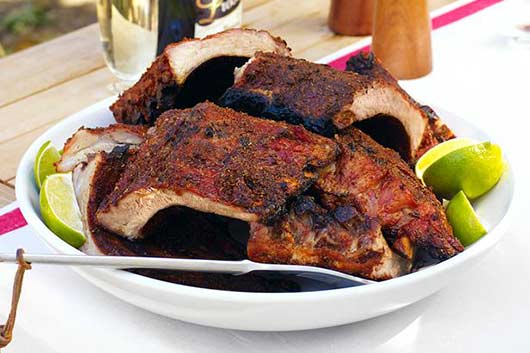
Color is where the different types of rice really get interesting. White and brown are the two most common rice varieties in the U.S. The only difference between the two is that white rice is more processed and has the husk and bran layers removed. The result is a pearly white, slightly less nutritious grain which is why most white rice is enriched with thiamin, niacin, iron and folic acid. It gets a bad rap health-wise because it’s also easier to digest, making it a simpler carb with a higher glucose index. Brown rice is a whole grain with more fiber, nutrients and a lower glycemic load. A 2010 Harvard School of Public Health study found that, “replacing 50 g/d (cooked, equivalent to one-third serving per day) intake of white rice with the same amount of brown rice was associated with a 16% (95% CI, 9%-21%) lower risk of type 2 diabetes.” Flavor-wise, it’s a little chewier and nuttier.
Also Enjoy: Grain Integrity: Fool Proof Tips on How to Cook Rice












